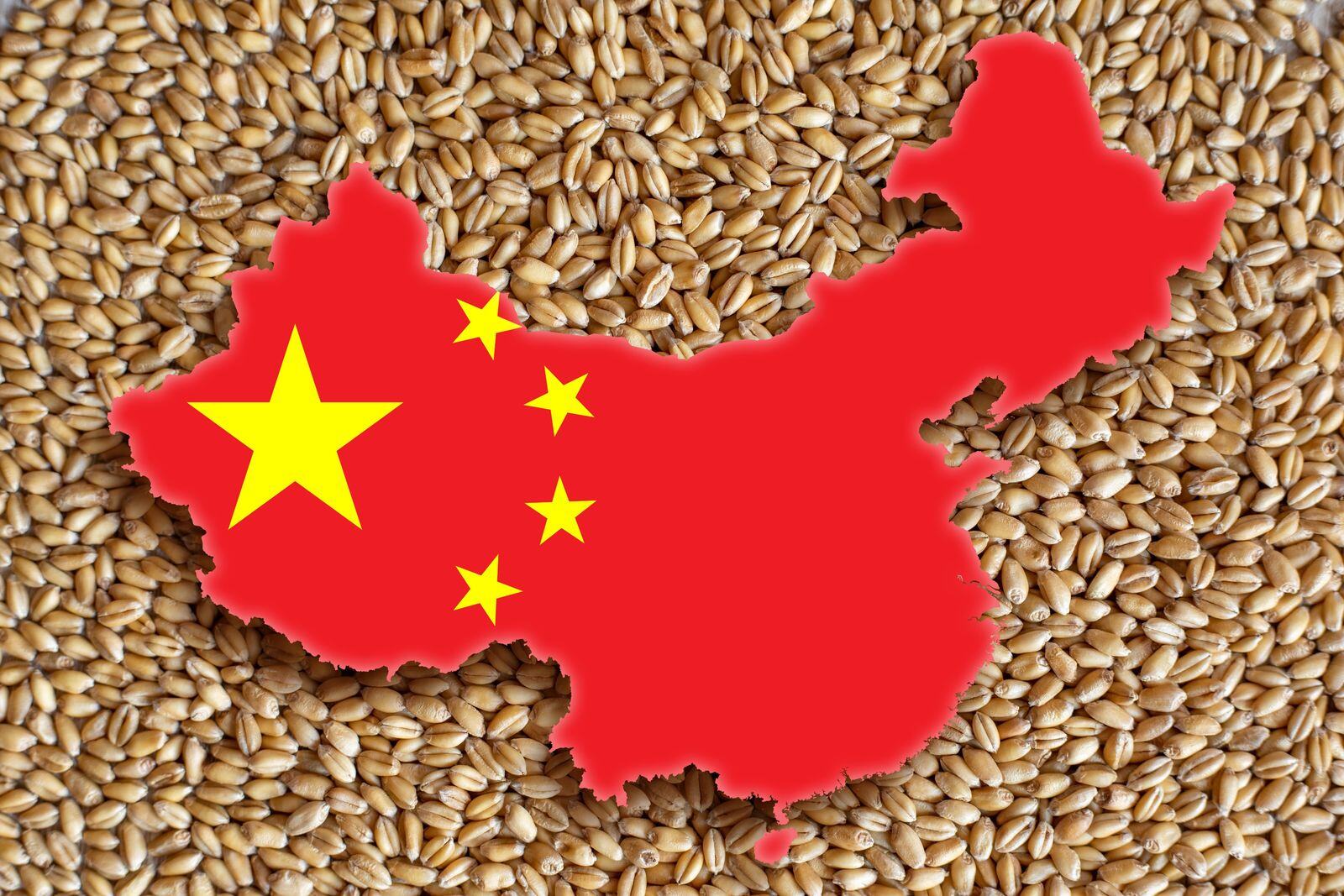China's total arable land amounted to almost 1.28 million sq km (490,000 sq miles) by the end of...
Sizing Up China’s Cache of Crop-Ending Stocks – Why it Matters to You

Earlier this year, global grain stocks (less China) were around 300 million acres. When reported as a share of harvest acreage, global grain stocks are tight. By considering ending stocks in total, we get a sense of how tight or abundant conditions are throughout the global ag factory.
But sometimes, the nuances and details contain a trove of insights. In this case, “less China” is not a simple or insignificant assumption.
China’s cache
Removing China’s inventories from global grain stocks is helpful for a few reasons. First, the country is a net agricultural importer. As a result, China’s crop stocks are unlikely to be available for global purchase or trade. By removing China’s stocks from global inventories, we gain a better sense of supplies available for global trade.
The second reason is that China is a major player. Not only is it a large economy, but the country is also a large buyer of global ag commodities. In 2024/2025, China’s ending stocks of primary crops were equal to an estimated 301 million acres worth of production. In other words, China’s ending stocks are roughly equal to all the ending stocks held by the rest of the world.
Figure 1 shows China’s share of global grain stocks since 1970. Since the 1980s, China has accounted for 25% to 50% of accumulated stocks. However, these levels have ebbed and flowed in recent years. Between the mid-1990s and mid-2000s, Chinese stocks tumbled from 50% to 25%. But by 2020, stocks were back at 50% of the global share.
It’s worth pausing here to note that the appropriate or right level isn’t clear. While 50% seems high, history shows it’s not an anomaly. It’s also important to note the never-ending debates about the quality of Chinese data. Without regularly measuring or surveying grain stocks (i.e., as the USDA’s quarterly grain stocks do in the U.S.), any errors in acreage, yields, and usage estimates tend to pile up in ending stocks. The goal isn’t to argue one way or the other but to shed light on what the USDA’s best estimates reveal.

Figure 1. China’s crop ending stocks as a share of global ending stocks (harvested acre basis), 1970 to 2024. Data sources: USDA FAS and AEI.ag calculations.
The big five
While there are 13 primary crops, five account for 99% of China’s acreage-equivalent ending stocks. The five aren’t surprising: corn, cotton, soybeans, rice, and wheat.
China holds massive inventories of wheat and corn (Figure 2). Furthermore, these two crops posted the largest increases since 2010. China’s corn-ending stocks were more than four times the levels in 2010.
Cotton and rice are notable as they have plotted different trends. Cotton stocks peaked around 2014 and have since trended lower. Meanwhile, soybean stocks have trended higher in recent years. Between 2021 and 2024, China’s soybean stocks jumped from 20 million to 40 million acres worth.

Figure 2. China’s ending stocks of select crops, acres worth. 2010 to 2024. Data sources: USDA FAS and AEI.ag calculations.
EDITOR’S TAKE:
Looking past data concerns and speculation about why China’s grain stocks are so high (and have increased in recent years), the key insight is that perception about global crop ending stocks will likely vary based on how China’s stocks are included. If there is a trade conflict or a slow Chinese economy, these ending grain stocks may push global export and commodity prices even lower. Alternatively, if there are concerns regarding production, international buyers might find prices moving sharply higher, given the limited availability of exportable grain stocks.
In other words, China can influence commodity prices by dumping some of the stockpiled grain if it chooses, or can choose to hold onto their stored grain and use it to sustain their population during times of global conflict, i.e. trade wars. But rest assured, they are in a very delicate position when choosing which path to take. If they sell the reserves, they risk not having enough food to feed their people, which could lead to civil unrest. If they chose to maintain their reserves, it would help push grain prices higher, which benefits U.S. farmers.
This type of information is valuable when determining trade policies for agricultural products. It is also helpful to you in forecasting what to expect from ag truck sales. If China sells their grain reserves, farm income in the U.S. could fall and lead to fewer truck sales unless our government steps in. The other scenario – if China maintains or adds to their reserves – farm income in the U.S. would likely rise, thus, leading to more truck sales. It’s worth your time to watch which scenario plays out!








